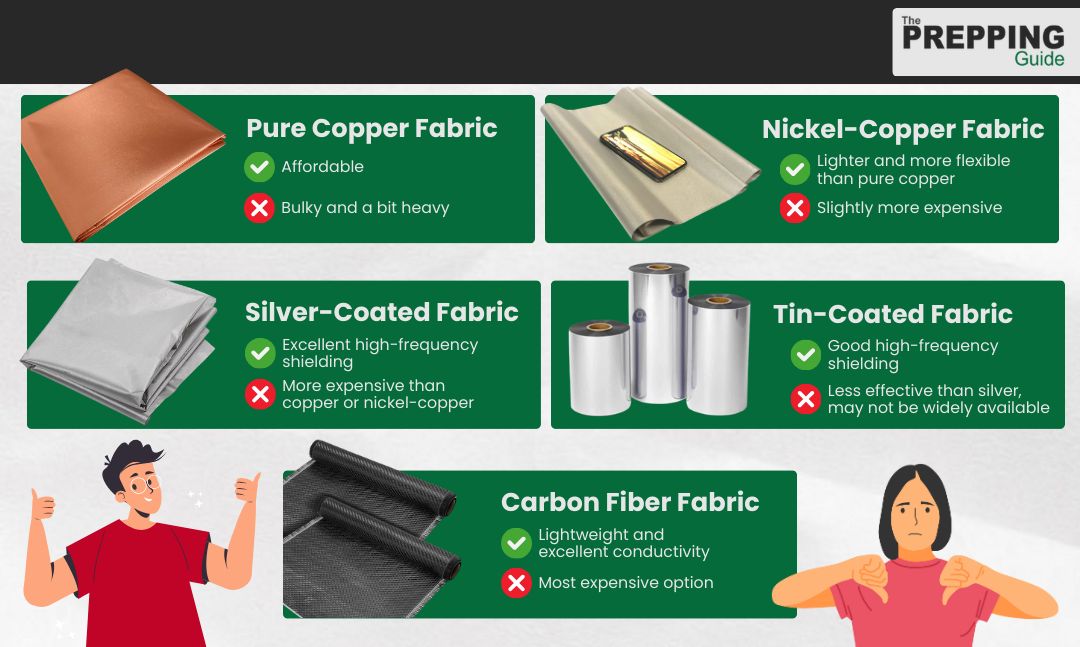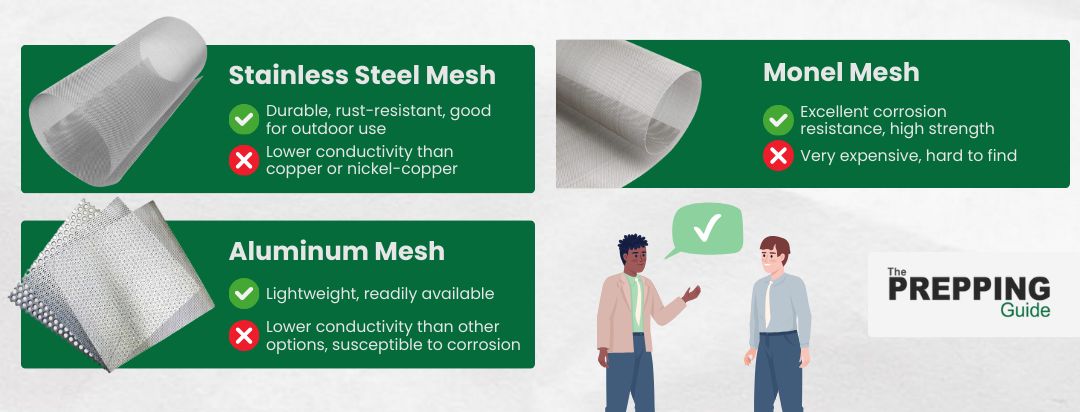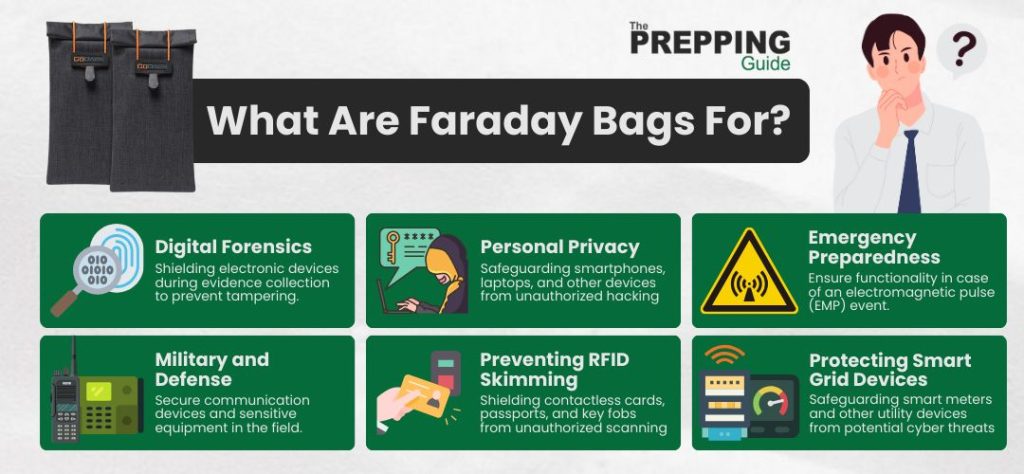
Concerned about the security of your electronic devices? You're not alone. In a world where 73% of smartphone users fear hacking, Faraday bags emerge as the ultimate solution. But have you ever wondered what these bags are actually made of?
The Anatomy of Faraday Bags
Faraday bags are crafted from materials specifically engineered to block electromagnetic signals effectively. These bags typically consist of a conductive fabric or metal mesh, an insulating layer made of nickel or copper, and an inner lining for added reinforcement.
Understanding Faraday Bags
Faraday bags serve as specialized containers designed to shield electronic devices from electromagnetic signals, preventing data transmission or reception. Originally used by scientists like Michael Faraday for electrical experiments, these bags have evolved to safeguard sensitive information and ensure privacy.
When Are Faraday Bags Essential?
Faraday bags are indispensable for various scenarios where protection against electromagnetic interference is critical. From digital forensics to personal privacy and emergency preparedness, these bags play a vital role in securing electronic devices.
The Science Behind Faraday Bags
Faraday bags operate on the principle of the Faraday Cage, blocking electromagnetic fields to protect devices. These bags use conductive materials like copper or nickel to create a shield, ensuring that external signals cannot breach the enclosure.
How Faraday Bags Block Electromagnetic Fields
By utilizing conductive materials, Faraday bags create a protective shield around electronic devices, absorbing and redirecting electromagnetic energy. This shielding prevents signal interference and maintains the integrity of electronic signals.

Materials Used in Faraday Bags
Faraday bags are primarily made of conductive fabrics woven with metal mesh, such as copper or nickel coatings. These materials provide a barrier against unwanted radio waves and ensure the security of enclosed devices.
Comparing Faraday Bag Materials
When it comes to material selection, conductive fabric outperforms metal mesh in terms of shielding effectiveness. Copper and nickel coatings offer excellent electromagnetic shielding, with copper known for its superior conductivity.
Factors Influencing Material Selection
Considerations like frequency blocking capabilities, durability, and flexibility influence the choice of material for Faraday bags. The ability to block a wide range of frequencies and meet industry standards is crucial in ensuring device protection.
Making a DIY Faraday Bag
For those who prefer a hands-on approach, creating a DIY Faraday bag using materials like aluminum foil or Mylar is a viable option. Experimenting with different shielding techniques can help customize the level of protection for your devices.
Tips for Choosing the Right Faraday Bag
When selecting a Faraday bag, factors like device size, quantity, and compatibility with different electronic devices should be considered. Ensuring a proper fit and optimal shielding effectiveness is key to protecting your devices from potential threats.
In conclusion, understanding the composition of Faraday bags is essential for maximizing their protective capabilities. By choosing the right materials and considering key factors, you can ensure that your electronic devices remain secure in any environment.
 —————————————————————————————————————————————————————————————–
—————————————————————————————————————————————————————————————–
By: kiezelamquiz
Title: Decoding the Composition of Faraday Bags: Everything You Need to Know
Sourced From: thepreppingguide.com/what-are-faraday-bags-made-of/
Published Date: Mon, 26 Feb 2024 08:27:43 +0000

